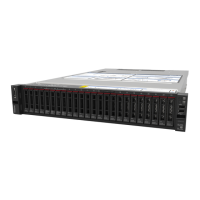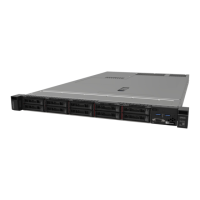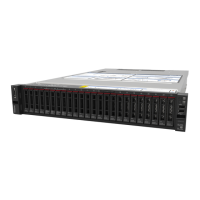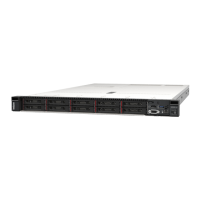Table 21. 2.5-inch drive bay combinations (continued)
No.
Total
drives
Front bays Rear bays
7mm drives M.2 drives
SAS/SATA
AnyBay
NVMe SAS/SATA SATA/NVMe SATA/NVMe
2b 10 8 2
Optional
3a 10 10
Optional Optional
3b 12 10 2
Optional
3c 10 10
Optional Optional
3d 12 10 2
Optional
3e 10 8 2
3f 10 6 4
Optional Optional
3g
12 6 4 2
Optional
3h 12 6 4 2
Optional
3i 10 6 2 2
Optional
Table 22. 3.5-inch drive bay combinations
No.
Total
drives
Front bays Rear bays
7mm drives M.2 drives
SAS/SATA
AnyBay
SAS/SATA NVMe SATA/NVMe SATA/NVMe
1a 4 4
Optional Optional
1b 6 4 2
Optional
1c 6 4 2
Optional
2a 4 4
Optional Optional
2c 6 2
Optional
2d 6 2
Optional
Note: For models without any backplanes or drives, field upgrades to other models are available. For details,
check the option part numbers you will need when ordering for different configurations:
Field upgrades
Drive installation requirements
The following notes describe information that you must consider when you install a drive.
• The drive bays are numbered to indicate the installation order (starting from number “0”). Follow the
installation order when you install a drive. See “Front view” on page 15.
• The drives in a single RAID array must be the same type, same size, and same capacity.
• You can mix drives of different types and different capacities in one system, but not in one RAID array.
The following priorities are recommended:
– Drive type priority: NVMe SSD, SAS SSD, SATA SSD, SAS HDD, SATA HDD
– Drive capacity priority: the lowest capacity first
– RAID arrays are not support for NVMe SSD drives.
– RAID arrays are not support for AIC(all-in-card) SSD drives.
– RAID arrays are not support for SED or FIPS HDD/SSD drives.
98
ThinkSystem SR645 Setup Guide

